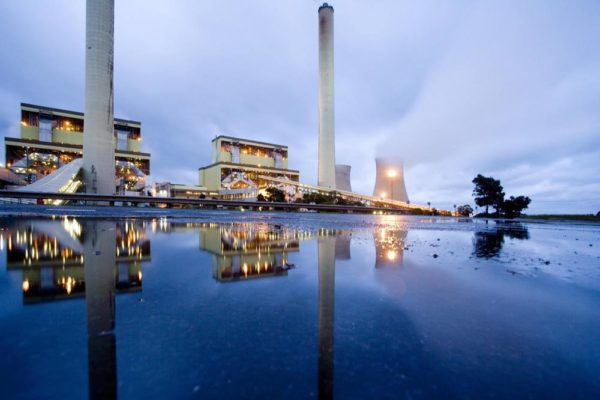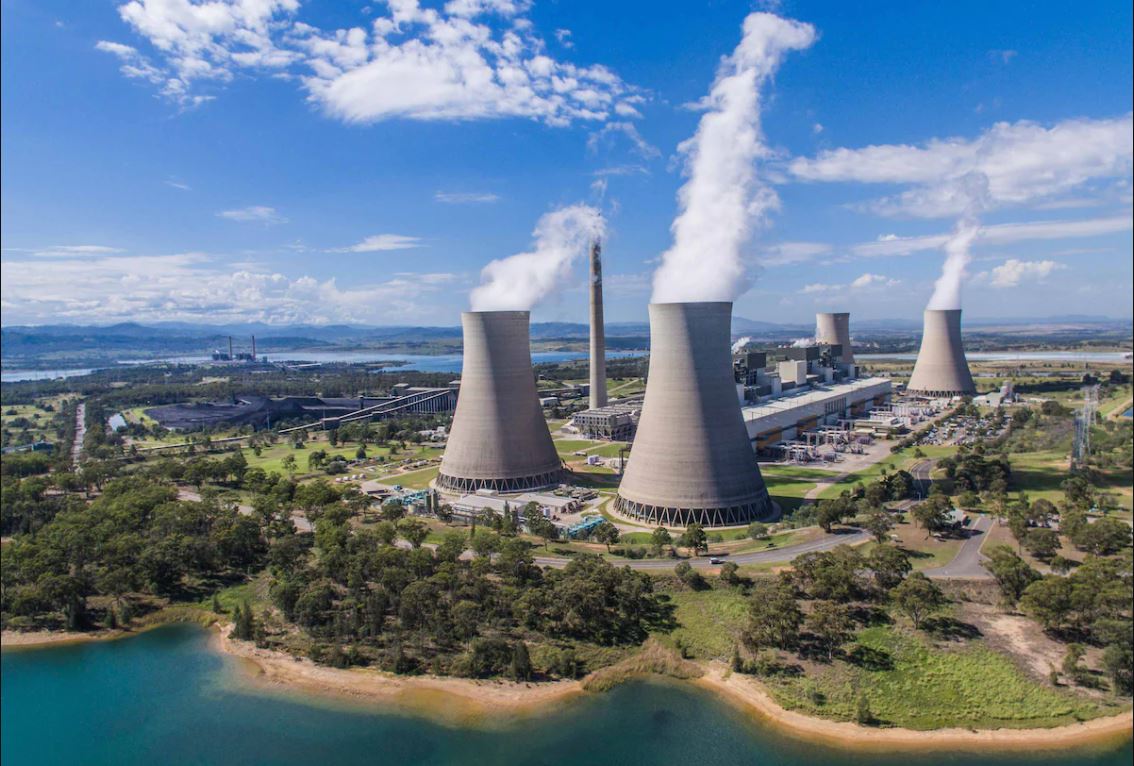Delivering its half-year results on Thursday, Australian energy gen-tailer AGL announced it had brought forward the closure dates for its 2,640 MW Bayswater coal-fired power plant in New South Wales to “no later than” 2033 and for its 2.210 MW Loy Yang A power station in Victoria to 2045.
The amended schedule comes as AGL reiterated its plan to split into two listed entities – energy retailer AGL Australia and electricity generator Accel Energy – by June 30.
AGL managing director and CEO Graeme Hunt said the plan to accelerate the closure dates of its fossil-fuel fired generation portfolio was a response to Australia’s accelerating energy transition.
“There is no doubt that coal-fired generation across the entire system will exit earlier than previously believed,” he said.
“Energy transition and the path to net zero will be the defining challenge of our era. Companies that don’t adapt, don’t innovate, and don’t set themselves on this path will be left behind.”
AGL said its black coal-fired Bayswater power station in the NSW Hunter Valley will be shuttered “no later than” 2033, two years ahead of its previously scheduled closure of 2035, while its brown coal-fired Loy Yang A plant in Victoria’s Latrobe Valley will now close by 2045 rather than 2048.
AGL’s coal-fired Liddell power plant, also in the Hunter, remains on track to close in April 2023, while the final unit at the gas-burning Torrens Island power station near Adelaide in South Australia is scheduled to close in September.

Image: AGL
Hunt said the fast-tracked plant closures amount to “a significant contribution to Australia’s energy sectors’ decarbonisation process, with the possibility of improvement beyond this if Accel Energy is able to bring closure dates further forward within the closure ranges”.
AGL modelling shows an expected 90 million tonnes reduction in emissions between 2023 and 2050 compared to previously modelled scenarios, but Greenpeace Australia dismissed the amended closure schedule as a “token effort”.
“AGL doesn’t even get a golf clap for its timid token effort in delaying the closure timeline for Loy Yang A, Australia’s worst-polluting coal-burning power station, to 2045,” said Glenn Walker, a senior campaigner at Greenpeace Australia Pacific.
“In delaying Loy Yang A and Bayswater’s inevitable closure, AGL is putting worker and investor security, as well as the climate, at serious risk.
“Loy Yang A and its attached brown coal mine pump out over 20 million tonnes of climate pollution every year. Keeping this brown-coal blight on our climate open until 2045 will produce a further 460 million tonnes of toxic emissions, equivalent to the [annual] pollution from over 100 million cars, putting Australia’s chance at a safer climate future in jeopardy.”
Federal Energy Minister Angus Taylor warned the earlier closure times will “leave a considerable gap of close to 5,000 MW of reliable generation in the National Electricity Market (NEM)”.
“While this announcement is a commercial decision and AGL has complied with the minimum 3.5-year notice period, the exit of such a considerable amount of reliable generation is a concern for the continued reliability and affordability of the system,” he said.
“Delivery of new, timely, replacement dispatchable capacity will be critical in keeping prices low and the lights on.”
AGL has already moved to replace its fossil fuel assets, previously announcing plans to develop 850 MW of new large-scale battery storage by the end of 2024, while last year it acquired two C&I solar businesses to become Australia’s largest commercial solar provider.
AGL announced on Thursday it had posted an after-tax profit of $194 million for the first half of the 2022 financial year, down 41% on the same time a year ago. Revenue rose 5% to $5.713bn.
This content is protected by copyright and may not be reused. If you want to cooperate with us and would like to reuse some of our content, please contact: editors@pv-magazine.com.









1 comment
By submitting this form you agree to pv magazine using your data for the purposes of publishing your comment.
Your personal data will only be disclosed or otherwise transmitted to third parties for the purposes of spam filtering or if this is necessary for technical maintenance of the website. Any other transfer to third parties will not take place unless this is justified on the basis of applicable data protection regulations or if pv magazine is legally obliged to do so.
You may revoke this consent at any time with effect for the future, in which case your personal data will be deleted immediately. Otherwise, your data will be deleted if pv magazine has processed your request or the purpose of data storage is fulfilled.
Further information on data privacy can be found in our Data Protection Policy.